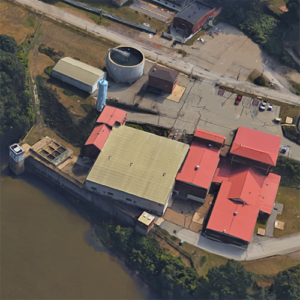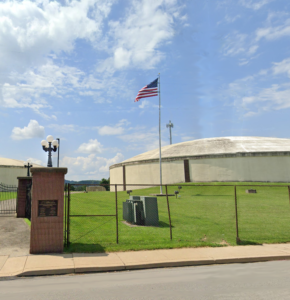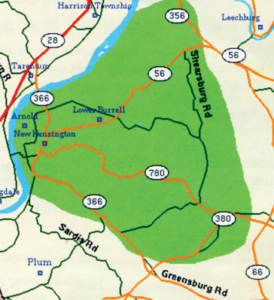Call: 724-337-3577
Office Hours: Mon-Fri 8:00AM – 5:00PM
EMERGENCY (After office hours): 724-335-8595
Water Quality Report
Water Quality Report
2024
The Municipal Authority of the City of New Kensington is once again proud to present to you our annual water quality report.
This edition covers testing completed for the 2024 calendar year.
We are committed to delivering the best quality drinking water. To that end, we remain vigilant in meeting the challenges of source water protection, water conservation, and community education while continuing to serve the needs of all of our water users.
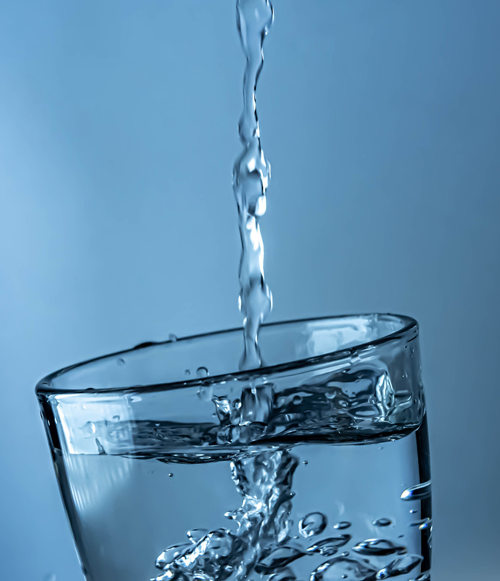
Working Hard For You

Under the Safe Drinking Water Act (SDWA), the U.S. Environmental Protection Agency (USEPA) is responsible for setting national limits for hundreds of substances in drinking water and also specifies various treatments that water systems must use to remove these substances.
Each system continually monitors for these substances and reports to the USEPA if they were detected in the drinking water. USEPA uses these data to ensure that consumers are receiving clean water.
This publication conforms to the regulation under SDWA requiring water utilities to provide detailed water quality information to each of their customers annually.
We are committed to providing you with this information about your water supply because customers who are well informed are our best allies in supporting improvements necessary to maintain the highest drinking water standards.
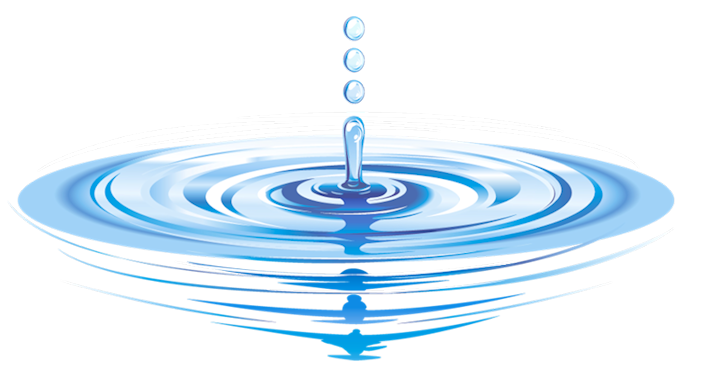
For more information about this report, or for any questions relating to your drinking water, please call the Operations Coordinator at (724) 335-8595, between 8 a.m. and 4 p.m., Monday through Friday.
Substances Expected To Be In Drinking Water
To ensure that tap water is safe to drink, U.S. EPA prescribes regulations limiting the amount of certain contaminants in water provided by public water systems.
U.S. Food and Drug Administration regulations establish limits for contaminants in bottled water, which must provide the same protection for public health. Drinking water, including bottled water, may reasonably be expected to contain at least small amounts of some contaminants. The presence of these contaminants does not necessarily indicate that the water poses a health risk.
The sources of drinking water (both tap and bottled water) include rivers, lakes, streams, ponds, reservoirs, springs and wells. As water travels over the surface of the land or through the ground, it can acquire naturally occurring minerals, in some cases, radioactive material, and substances resulting from the presence of animals or from human activity. Substances that may be present in source water include:
For more information about contaminants and potential health effects, call the U.S. EPA’s Safe Drinking Water Hotline at (800) 426-4791.
How Is My Water Treated and Purified?
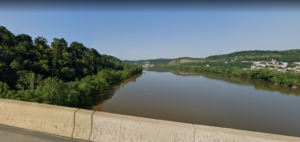
First, raw water is drawn from the Allegheny River and goes to a mixing chamber where potassium permanganate, powdered carbon, polyaluminum chloride and lime are added. The addition of these substances cause small particles to adhere to one another (called ‘floc’) making them heavy enough to settle into a basin from which sediment is removed.
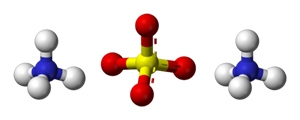
Ammonium Sulfate is added during warmer months to combine with the chlorine.
This helps to prevent the formation of chlorine byproducts and the loss of chorine residual as water passes through the distribution piping.

At this point, the water is filtered through layers of fine coal and silicate sand. As smaller, suspended particles are removed, turbidity disappears and clear water emerges.
Chlorine is added again at this point as a precaution against any bacteria that may still be present. (We carefully monitor the amount of chlorine, adding the lowest quantity necessary to protect the safety of your water without compromising taste.)
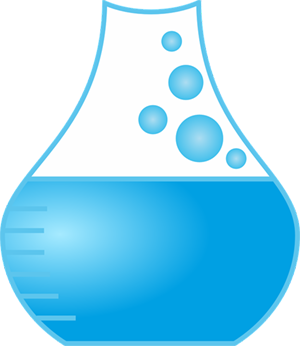
Finally, caustic soda (used to adjust the final pH and alkalinity), fluoride (used to prevent tooth decay) and a corrosion inhibitor (used to protect distribution system pipes) are added before the water is pumped to sanitized storage reservoirs, water towers and into your home or
business.
Water Sources Where does my water come from?
The Municipal Authority of the City of New Kensington customers are fortunate because we enjoy an abundant supply of surface water from the Allegheny River.
The Harold Burns Smith Water Treatment Plant draws water from the Allegheny River, which carries more than one billion gallons of water per day.
The H. Burns Smith 7 Water Treatment Plant was constructed around 1912 with major renovations occurring in 1957 and 1994 to draw from this water supply.
This river is constantly being replenished from various reservoirs to our north, including the following:
- Kinzua Dam and Allegheny Reservoir,
- Tionesta Lake,
- East Branch Clarion River Lake,
- Mahoning Creek Lake,
- Crooked Creek Lake,
- Conemaugh River Lake,
- Loyalhanna Lake,
- along with underground sources and numerous small creeks and springs.
Altogether, our treatment facility provides roughly 1.8 billion gallons of clean drinking water every year.
The Municipal Authority of the City of New Kensington customers are fortunate because we enjoy an abundant supply of surface water from the Allegheny River.
The Harold Burns Smith Water Treatment Plant draws water from the Allegheny River, which carries more than one billion gallons of water per day.
The H. Burns Smith 7 Water Treatment Plant was constructed around 1912 with major renovations occurring in 1957 and 1994 to draw from this water supply.
This river is constantly being replenished from various reservoirs to our north, including the following:
- Kinzua Dam and Allegheny Reservoir,
- Tionesta Lake,
- East Branch Clarion River Lake,
- Mahoning Creek Lake,
- Crooked Creek Lake,
- Conemaugh River Lake,
- Loyalhanna Lake,
- along with underground sources and numerous small creeks and springs.
Altogether, our treatment facility provides roughly 1.8 billion gallons of clean drinking water every year.
